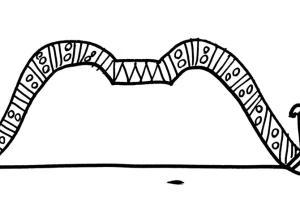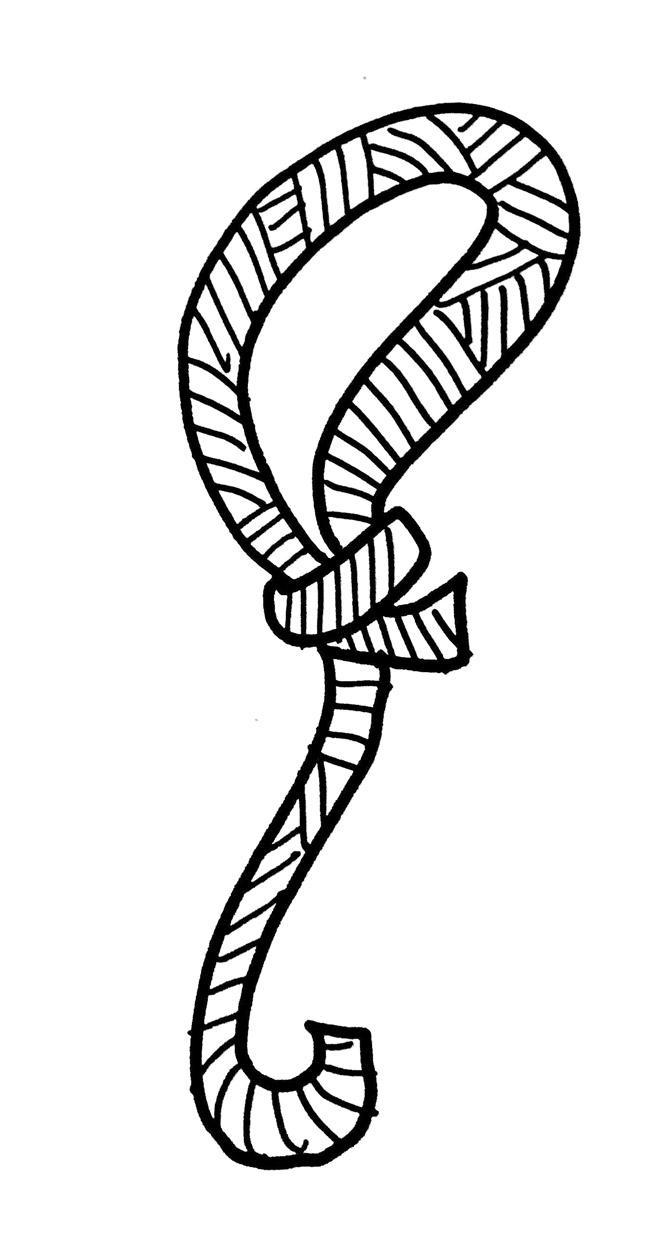Elections are a time to express desire, while the time in between is to face our destiny

Illustrations/Devdutt Pattanaik
%20(1).jpg)
Elections are a time to express desire, while the time in between is to face our destiny. For the arrow of our desire creates the noose of our destiny. In Hindu mythology, desire and destiny are the two principles governing all life. Desire propels action; action creates reaction; and reaction creates the circumstances we experience from which we cannot escape. In other words, desire eventually creates destiny.
Desire emerges with the transformation of a non-living object into a living organism that experiences hunger, thirst, yearning and longing. If there was no hunger or thirst, there would not be any life. Kamadeva, or the god of love, is associated with a bow made of sugarcane, of which the bowstring is made of bees and butterflies and the arrows are tipped with flowers. The bow symbolises a weapon that fills the body with longing. When struck by Kama's five arrows, we come alive with desire, we yearn for food, satisfaction, pleasure and survival. In the hermetic traditions of India, including Buddhism, Jainism and Hinduism, the monks said that desire is the cause of all suffering. Desire became adverse. Therefore, the purpose of life became outgrowing it.
In mythology, Shiva opens his third eye and sets aflame the god of love and turns him into a heap of ash. However, the goddess confronts Shiva and demands that he resurrect the love god. Because, without the love god, nature cannot function. Shiva realises the dangers of curbing desire and Kama is resurrected, in the form of a goddess, called Kamakshi or even Kamini, the one who evokes desire. Shiva then becomes from Kamantaka (destroyer of desire) to Kameshwara (master of desire).

If desire is represented by events over which we have no control, destiny is represented by the PÄu00c2u0081Åu00c2u009bÄu00c2u0081 or noose that binds us to experience the destiny created by our own desires. This is Karma. People popularly confuse Karma with fatalism. However, that is an incomplete understanding of Karma. Karma is both: actions we do voluntarily and actions we perform involuntarily. This is conceptualised as the noose of Yama.
Yama is the god of death and rebirth. He maintains the record of all our actions: the debts we incur in our life, through desire, which we must repay in a future life. The noose of Yama is really the noose of debt that binds us to the cycle of birth and rebirth. Only when we repay our debts does the noose liberate us and we attain what is called moksha or mukti: freedom from hunger, fear, attachment and the circle of life and death. When one is dying, Yama hurls the noose and pulls the life-breath out of the body. He keeps one tied to this noose until one repays their debts, which is essentially the reactions of past actions. These reactions create either good or bad contexts in our life, which we are obliged to endure in our future lives.
Kama's bow and arrow hold the potential of the choice of actions, what we choose in response to the destiny we encounter. Yama's noose embodies what fate has in store for us. The arrows we shoot in the election booth will determine the noose that will follow.
The author writes and lectures on the relevance of mythology in modern times. Reach him at devdutt@devdutt.com
Catch up on all the latest Crime, National, International and Hatke news here. Also download the new mid-day Android and iOS apps to get latest updates
 Subscribe today by clicking the link and stay updated with the latest news!" Click here!
Subscribe today by clicking the link and stay updated with the latest news!" Click here!









